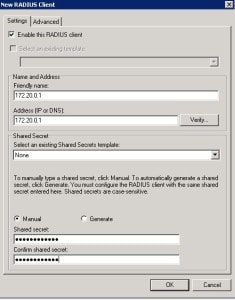

- #Sonicwall netextender client install#
- #Sonicwall netextender client Pc#
- #Sonicwall netextender client download#
NetExtender provides three options for configuring proxy settings: NetExtender can automatically detect proxy settings for proxy servers that support the Web Proxy Auto Discovery (WPAD) Protocol. The proxy settings can also be manually configured in the NetExtender client preferences.

When launching NetExtender from the Web portal, if your browser is already configured for proxy access, NetExtender automatically inherits the proxy settings. Currently, only HTTPS proxy is supported. SonicWALL SSL VPN supports NetExtender sessions using proxy configurations. NetExtender Connection Scripts can support any valid batch file commands. The scripts can be used to map or disconnect network drives and printers, launch applications, or open files or Web sites. SonicWALL SSL VPN provides users with the ability to run batch file scripts when NetExtender connects and disconnects. Tunnel All mode is configured on the SSL VPN > Client Routes page. For example, if a remote user is has the IP address 10.0.67.64 on the 10.0.*.* network, the route 10.0.0.0/ 255.255.0.0 is added to route traffic through the SSL VPN tunnel. These routes are configured with higher metrics than any existing routes to force traffic destined for the local network over the SSL VPN tunnel instead. NetExtender also adds routes for the local networks of all connected Network Connections. This is accomplished by adding the routes in Routes to Be Added to Remote Client’s Route Table to the remote client’s route table: Tunnel All mode routes all traffic to and from the remote user over the SSL VPN NetExtender tunnel-including traffic destined for the remote user’s local network. Address objects are used to easily and dynamically configure access to network resources. NetExtender client routes are used to allow and deny access for SSL VPN users to various network resources. This can be dragged to the shortcut bar in environments like Gnome and KDE. On Linux systems, the installer creates a desktop shortcut in /usr/share/NetExtender. Mac users can launch NetExtender from their system Applications folder, or drag the icon to the dock for quick access. Once the NetExtender stand-alone client has been installed, Windows users can launch NetExtender from their PC’s Start > Programs menu and configure NetExtender to launch when Windows boots.
#Sonicwall netextender client install#
If the user has a legacy version of NetExtender installed, the installer will first uninstall the old NetExtender and install the new version. The installer window then closes and automatically launches NetExtender. The installer creates a profile based on the user’s login information.
#Sonicwall netextender client Pc#
The first time a user launches NetExtender, the NetExtender stand-alone client is automatically installed on the user’s PC or Mac.
#Sonicwall netextender client download#
NetExtender is a browser-installed lightweight application that provides comprehensive remote access without requiring users to manually download and install the application.


 0 kommentar(er)
0 kommentar(er)
